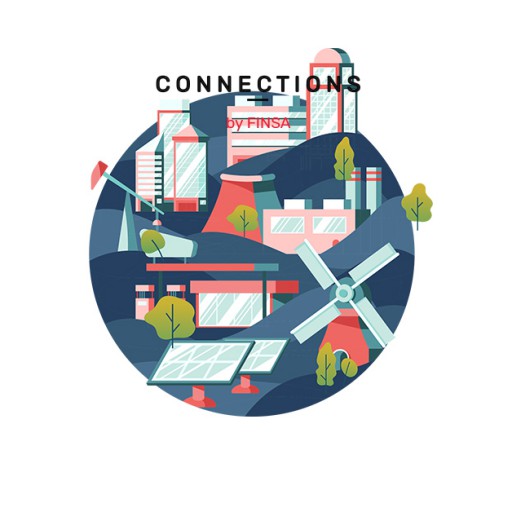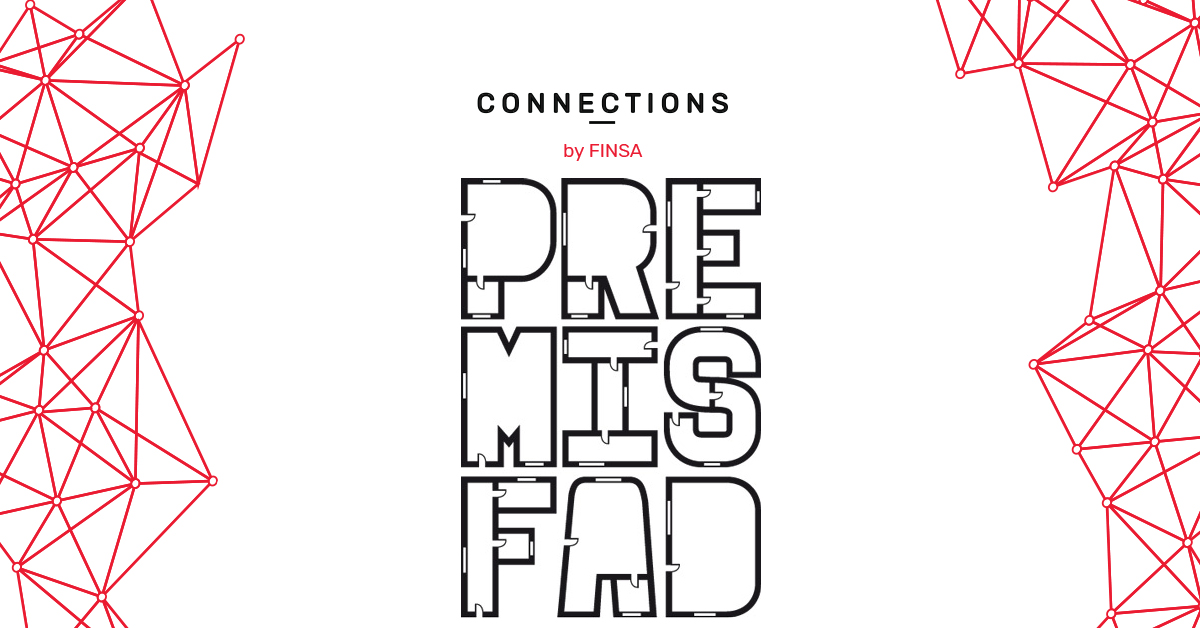The New European Bauhaus, which encompasses various projects such as the think tank Bauhaus Earth, continues to promote sustainable architecture in Europe through various outreach activities.
Recently, in mid-2023, Bauhaus Earth released the book curated by InnoRenew‘s director, Andreja Kutnar, titled Rebuilding the Future: Cities as Carbon Sinks. You can download it for free on their website, and from Connections by Finsa, we highlight the three most relevant aspects.
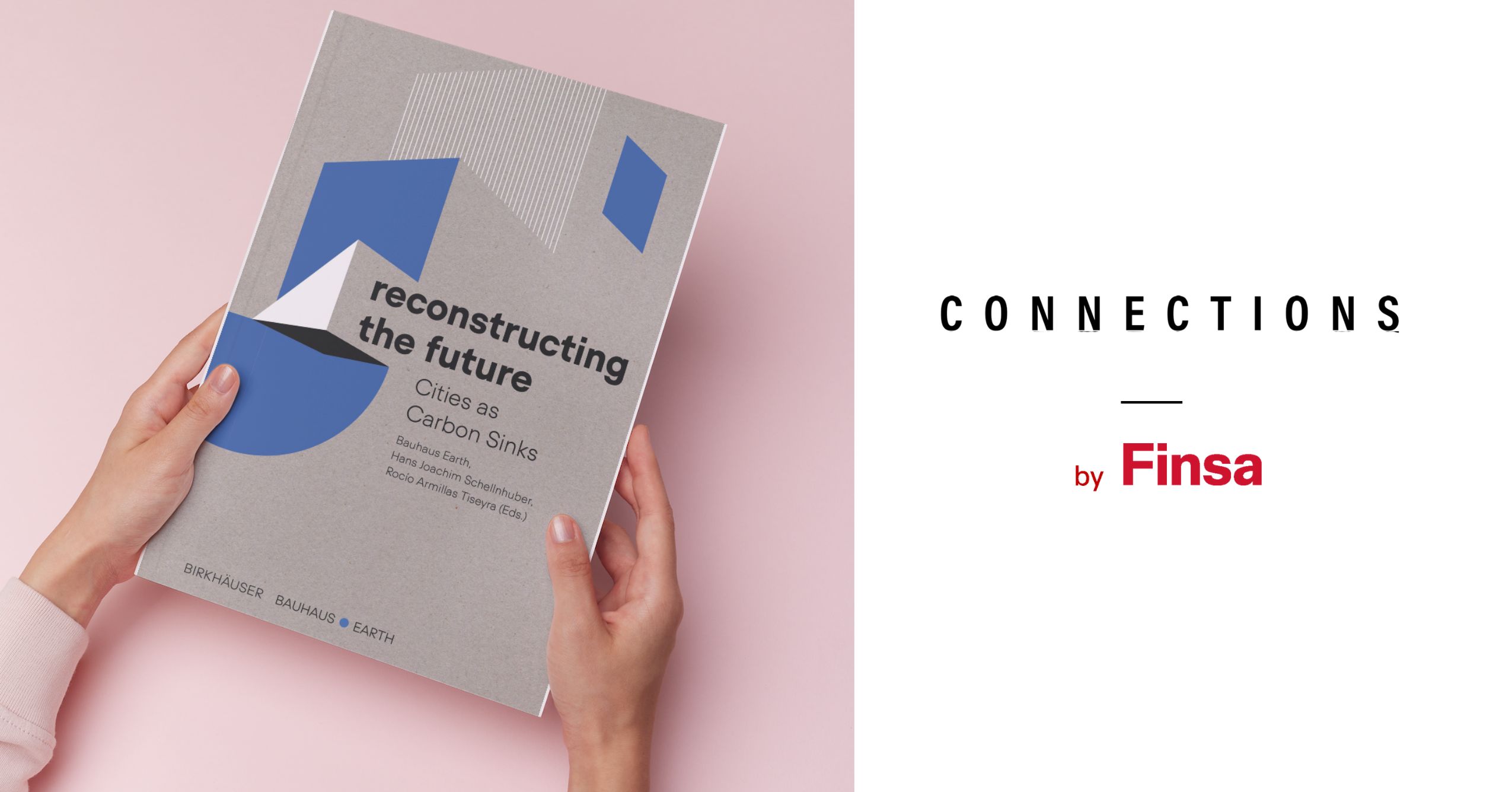
19 professional firms from the global habitat
This compilation spans 248 pages and includes 19 articles from various personalities, ranging from Ursula von der Leyen, President of the European Commission, to professionals in architecture and design from different corners of the globe, such as Dubai-based designer Wael Al Awar and Chinese architect Xu Tiantian. This compendium stems from the conclusions of the conference held in Italy in 2022. Andreja Kutnar actively participated in this event, which aimed to share knowledge and ideas on how to gradually reduce greenhouse gas emissions in the construction sector by 2050, thus contributing to global climate restoration by 2200.
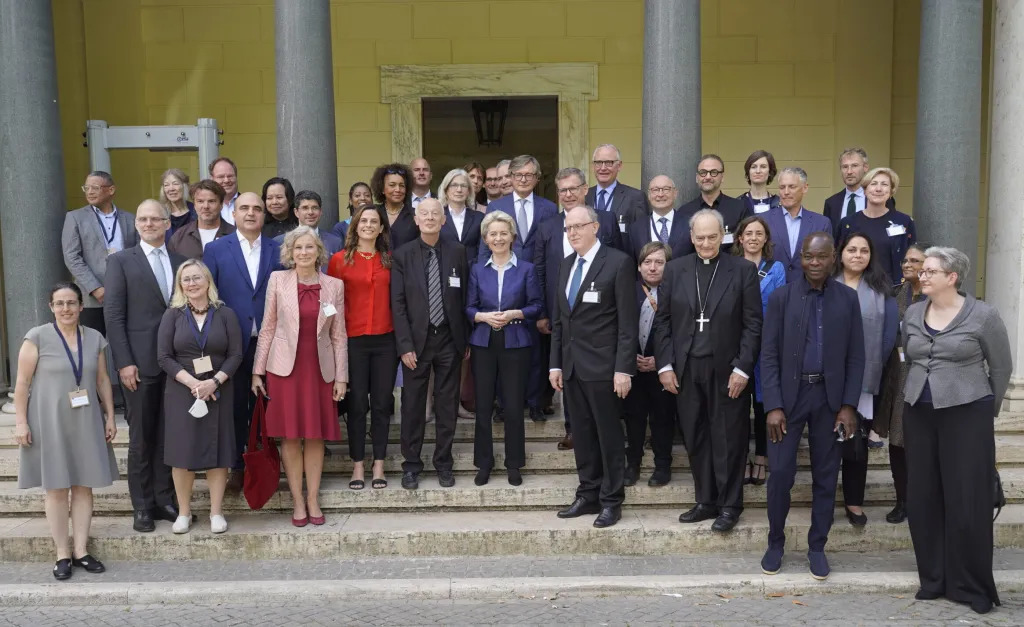
From bioeconomy to indigenous planning in the Amazon
The main topics covered in this work revolve around bioeconomy and the need to create biosensitive cities, moving away from the Western-centric perspective and major metropolises. It involves an analysis of indigenous planning in the Amazon and what rural China can offer in terms of vision.
Throughout, the focus remains on sustainable development, with wood (and its responsible forest management) as a fundamental raw material for achieving the grand opportunity in construction: turning cities into carbon sinks.
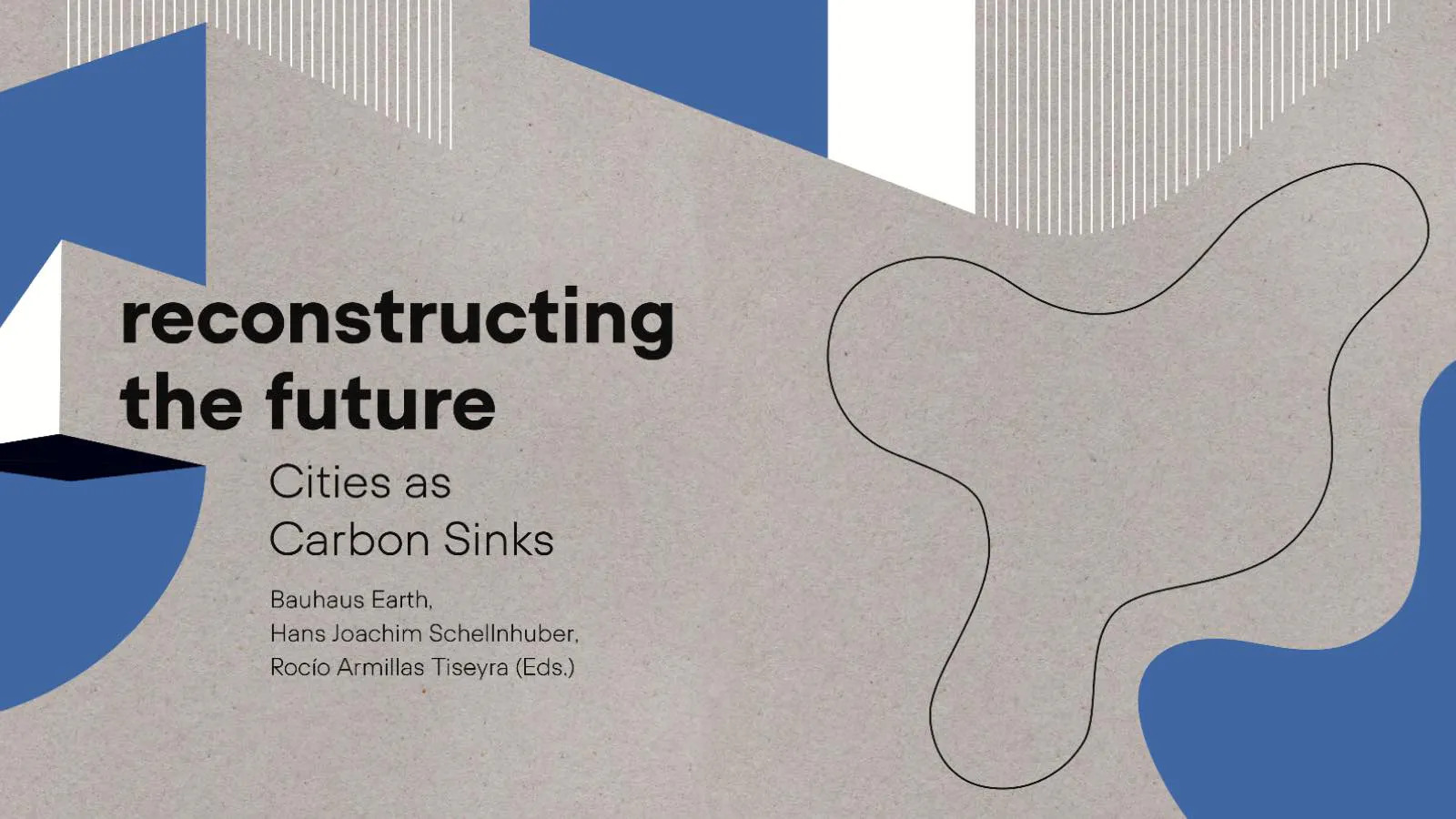
The sector’s opportunity: building carbon sinks
The book contends that we are at a point where we must reintegrate essential functions (housing, work, culture, leisure, etc.) into interconnected urban spaces within a compatible network. To achieve this, we need to transform the built environment from a carbon source into a carbon sink through five essential proposals:
- Tall wooden buildings.
- AI-Assisted Design.
- Intelligent Recycling Technology.
- Multifunctional Land Use.
- Integrated Regional Resource Management.
What are your thoughts on this review? Share your impressions on social media and connect with architecture and interior design professionals using the hashtag #ConnectionsByFinsa.


